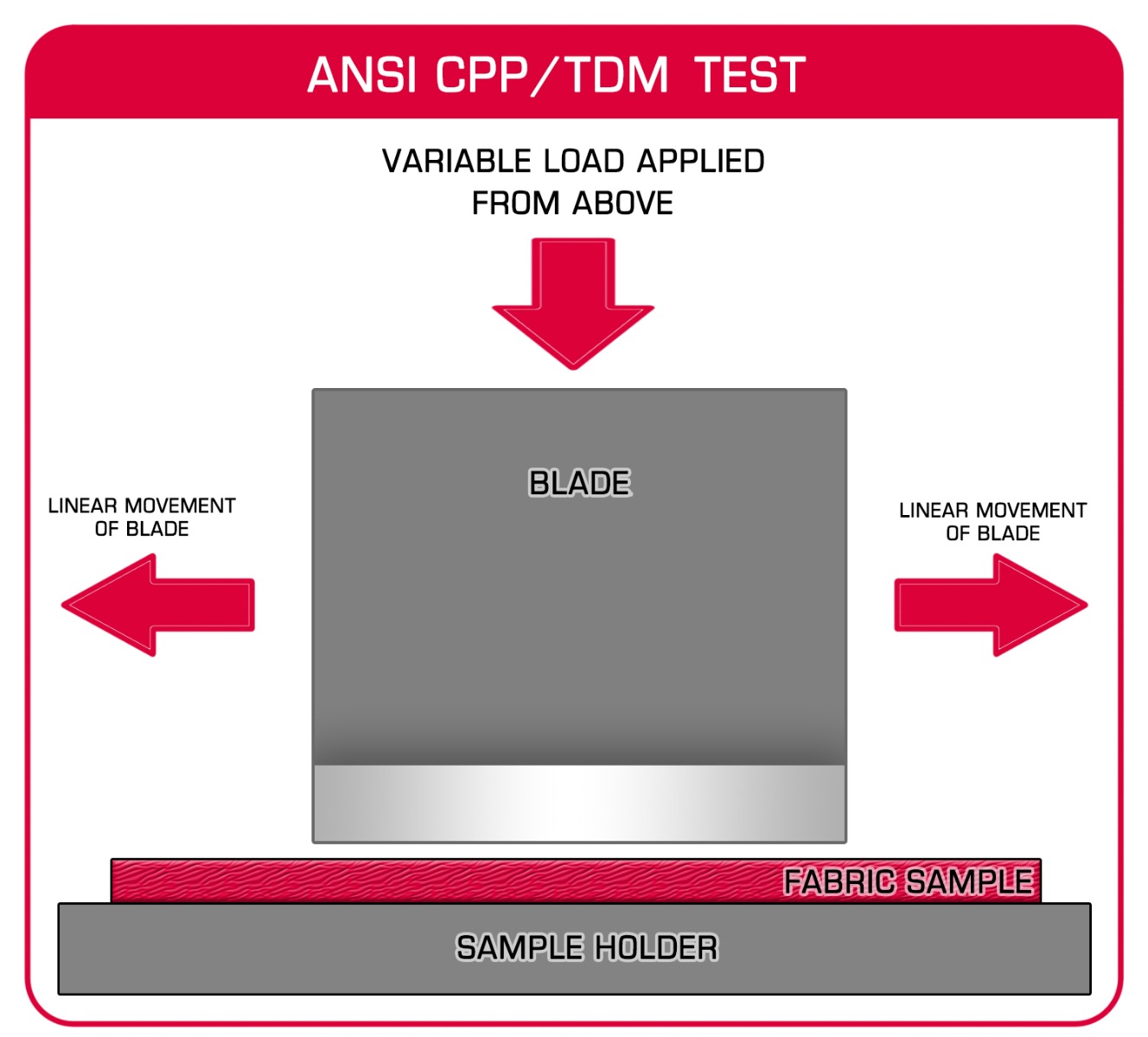Cut Resistant Gloves – What’s the Difference Between EN388 and ANSI/ISEA 105?

Comparing EN388 and ANSI/ISEA 105 Cut Resistance Testing
When choosing the right protective gloves there are a number of factors you need to take into account; hazards of the job, dexterity requirements, durability, grip, comfort, and cut resistance.
Unfortunately, cut resistance can be the most difficult to compare and can make choosing the right glove a little confusing.
There are a number of standards and methods used to measure glove cut resistance, with the two most common being the European Standard EN388 and the North American ANSI/ISEA 105. Both standards use a scale of 1-5, but their methods of testing are very different, meaning their scales cannot be easily correlated.
EN388 Standard Testing
The EN388 standard uses a Coup test whereby a circular blade is moved back and forth across a fabric sample. The blade has a fixed load (5N) and rotates in the opposite direction of the linear movement. The fabric is assessed by how many repetitive cuts in the same position are needed to cut through the fabric, with a rating of 5 being the most resistant.
It’s important to note that the coup test was first developed when resistant materials were limited to cotton, leather, and nylons. When testing modern high-cut resistant fabrics the circular blade can become blunt, meaning that results can be inconsistent and inaccurate.

ANSI/ISEA 105 Standard Testing
The ANSI standard uses the CPP/TDM method of testing, whereby it is measured by the amount of pressure that can be applied to a straightedge blade, as it is moved over the fabric in a single direction. The pressure is continually increased until the blade cuts through the fabric sample. Like the EN388 standard, a score of 5 on the ANSI scale represents the most resistant.
It is widely agreed that the ANSL scale offers higher levels of resistance than that of the equivalent EN388 rating.

A Note of Caution
Standards Australia has adopted the EN388 coup test for use here in Australia. However, this standard is only a recommendation, not a requirement. The use of the standard is self-regulated, and certification is not mandatory, with testing often lacking independence.
Here at Elliotts, we supply standard quality cut-resistant gloves that ensure users excellent protection from cutting injuries in the workplace. See our range.
CONTACT US
If you'd like to learn about our safety products or need some expert advice on which safety gear to get for your needs, feel free to contact us at Elliotts Australia. We would love to assist you! Call us on 07 3265 2944 or send us a message.








